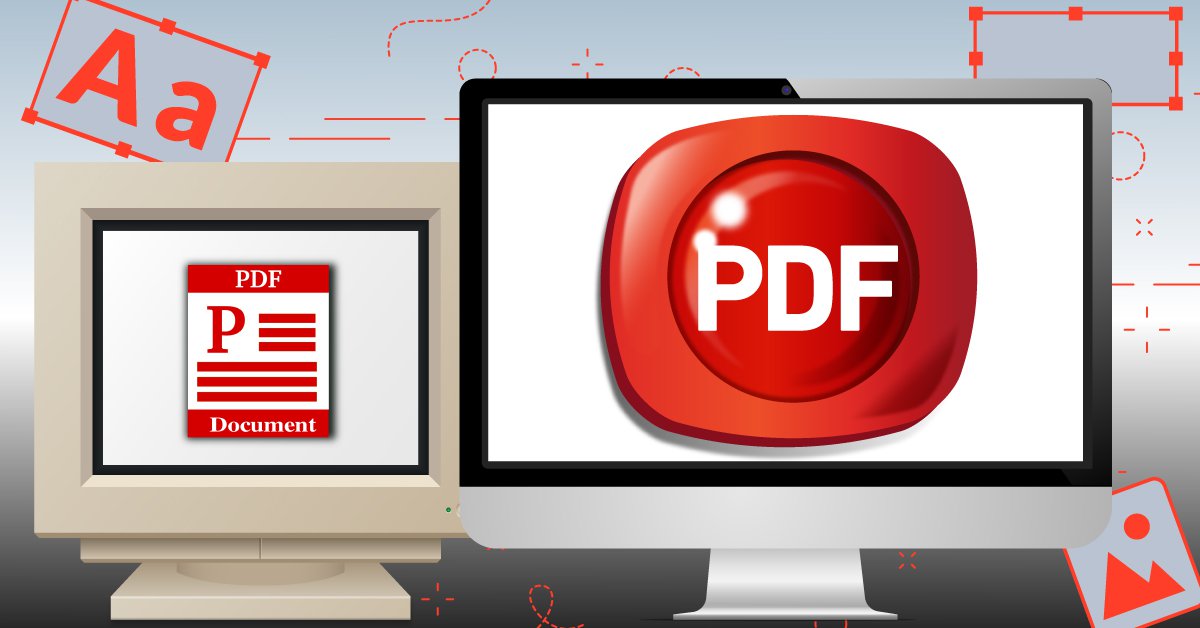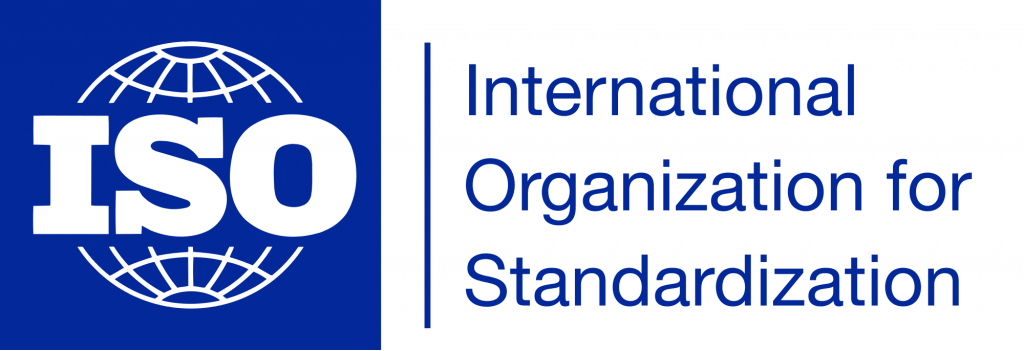
The Portable Document Format (PDF) was created by Adobe in the last decade of the 20th century.
- 1991 – Dr. John Warnock, Adobe’s co-founder, started The Camelot Project
- 1992 – Camelot evolved into PDF
- 1993 – The tools for creating and viewing PDFs were released
The format was developed with the idea that every document should be readable and printable on any device while preserving the fidelity of the content.
PDF Versions
As expected, the format wasn’t popular from the start. Nevertheless, the PDF evolved steadily over the years to become one of the most used electronic document file formats today.
Here’s a quick overview of PDF versions developed by Adobe.
PDF 1.0
The first version was announced on November 1992 and the first software for handling it was released in June 1993.
PDF 1.1
In November 1994, version 1.1 was released introducing support for embedded external links and security features (password protection).
PDF 1.2
PDF 1.2 was released in November 1996. Some of the additions feature-wise were allowing users to use PDF as an electronic form, extending character sets, color, and interactive elements support.
PDF 1.3
The third version, released in April 1999, introduced smooth shading, PDF annotations, digital signatures, JavaScript actions, and improved document encryption.
PDF 1.4
Next version debuted in May 2001. PDF 1.4 most notable new features were support for transparency and Tagged PDF (contains meta-information).
PDF 1.5
In April 2003, version 1.5 brought improved compression, support for layers, and additional PDF presentation transitions.
PDF 1.6
From January 2005, PDF had AES encryption, support for embedding of OpenType fonts, 3D data, and files into a PDF, as well as support for XML forms.
PDF 1.7
The last version of PDF developed by Adobe was released in October 2006. Commenting and security features, control over 3D animations, and printer settings were enhanced.
PDF ISO Standardization

In July 2008, PDF became an ISO International standard (ISO 32000-1) and therefore, became a truly open electronic document format. PDF ISO standardization paved the way for rapid enhancements of the format that benefited both users and PDF software developers.
PDF Subsets
ISO standard 32000-1 is relevant to the PDF 1.7 version and covers 5 subsets of PDF. Let’s take a quick look at each of them chronologically.
PDF/X – Printing
Committee for Graphic Arts Technology Standards (CGATS) introduced PDF/X (formalized in ISO standards 15929 and 15930) in 2001. This standard ensures that the printed material exactly mirrors its digital counterpart.
Printing conditions need to be specified in the PDF/X file (printing profiles) and active content (forms, signatures, comments, and embedded multimedia) is not allowed.
Extensions and revisions for this standard in terms of printing related requirements were implemented regularly as the PDF itself changed.
PDF/A – Archiving
PDF/A (a subtype of PDF 1.4) is a subset standardized for long-term document preservation and recordkeeping, released in October 2005. Documents in compliance with this standard retain their original layout for years.
Variations on PDF/A– PDF/A-2 (a subtype of ISO 32000-1) and PDF/A-3 (a subtype of ISO 32000-1 with support for embedded files), implement guidelines in regards to the new PDF features.
PDF/E – Engineering
PDF/E, a subset of PDF 1.6, was published in 2008. This standard is designed for engineering and technical documentation, with support for interactive media, such as animations, 2D renderings, and 3D models.
PDF/VT – Variable and Transactional Printing
This subset was built on top of PDF/X-4 (one of the PDF/X implementation) and introduced in 2010. It is used for variable and transactional printing.
Variable data printing, for example, allows users to print multiple invitational letters while automatically changing just the names and addresses of the recipients.
Transactional printing refers to the printing of forms (such as a telephone bill, for example) with different data depending on the customer’s information.
PDF/UA – Universal Accessibility
PDF/UA (ISO 14289) is the international standard which ensures PDF accessibility for people with disabilities who use assistive technology to consume electronic content. It was rolled out in 2012 and relies on Tagged PDF files with a variety of qualitative requirements for tags.
PDF 2.0
By publishing PDF 2.0 (ISO 32000-2) in July 2017, the ISO working group eliminated all proprietary elements from the PDF standard and established new and tighter rules.
Some of the enhancements introduced are related to printing, rendering, encryption, digital signing, annotating, embedding files, etc.
With PDF 2.0 came another PDF subset – PDF/Raster 1.0. This is used “for storing, transporting and exchanging multi-page raster-image documents” (especially scanned documents) by combining the advantages of PDF and TIFF.
Types of PDFs
Depending on the method the file was created, there are 3 types of PDFs:
- Real PDF – Also known as a True or Normal PDF, a Real PDF is ideal for most of the applications. It’s created digitally by printing to PDF from various programs such as Microsoft Word, Adobe InDesign, Corel Draw, etc. These types of PDFs can be searched by default and content (text and images) can be copy/pasted into other file formats.
- Scanned PDF – The human eye sees text in this kind of PDF, but the machine doesn’t because it’s just an image of the document inserted into a PDF page that can have additional Header and Footer content, as well. In order to extract text from a scanned PDF, users need to have a software tool with Optical Character Recognition (OCR) engine.
- Searchable PDF – This type of PDF is essentially a scan of a hard copy document that went through OCR. The resulting PDF is a file that has 2 layers: one containing the image and the other with recognized text that can be searched, annotated, redacted, and copy/pasted just like it can in a Real PDF.
Keep in mind that Able2Extract Professional’s built-in features are compliant with ISO 32000-1 standard. At the same time, we at Investintech are following the evolution of the PDF closely and are preparing to add new features that will take advantage of PDF 2.0 enhancements.
By making efficiency our top priority when it comes to your PDF related workflows, we’re actively looking for innovative ways to improve our products and bring your PDF productivity to the next level.
Join us on our journey by downloading Able2Extract now.



